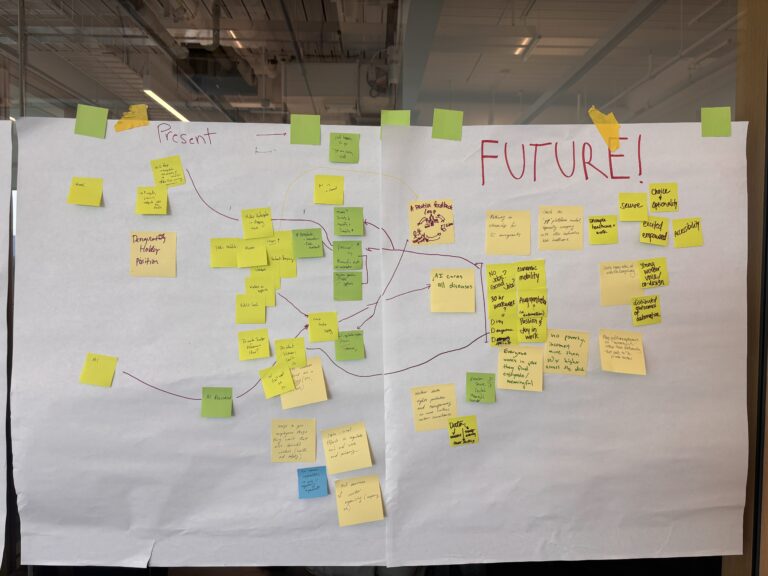by Jessica Johansen
As the Director of Special Projects at SFE, I spend a lot of time talking to others in the philanthropic sector about their approaches to funding. It’s an opportunity to get in the weeds with other funders about their strategic priorities, and to build an understanding of innovations and best practices across the field.
For years now, though, I’ve heard funder after funder make the same false distinction between supporting an organization’s administrative costs and program costs.
But there’s one major fact that they’re ignoring by making this kind of distinction in the first place: you can’t have one without the other.
If there’s one thing that we know is a prerequisite for running an effective program, it’s having the right administrative structures in place to keep things up and running. HR, compliance, reporting, fundraising, finance, IT, maintenance — they’re all deciding factors in determining whether a program succeeds or fails.
Additionally, designating funding as programmatic only forces non-profits to be cheap, and not wise. With the majority of funding going into programmatic work instead of the infrastructural necessities that make such work possible, non-profits are often forced to skimp on the very resources that would help ensure their organization’s efficacy and longevity.
Unfortunately, there’s no magic formula for funders to use as they decide how their grants should be allocated. Only by being clear and constantly communicative about an organization’s changing needs can funders make their grantmaking more nimble, and make grants that offer more targeted, efficient support. For instance, big administrative needs (like updating software subscriptions, or re-organizing office space) are unlikely to repeat themselves annually — but in the years when they do happen, the impact is outsized, and funding those changes can positively affect all areas of an organization’s programmatic work.
My big recommendation for funders: start by asking where a potential grantee has had to cut corners. Investing in an organization’s long term success is directly tied to the health of the structural elements that make their work sustainable, and we as funders owe it to our grantees to cultivate a relationship that’s honest, open, and bidirectional.
Grantmakers have an opportunity to shift popular thinking on how responsible donor funding works. Let’s help nonprofits be as effective as they can be by supporting them as a whole, and not just by cherry picking the things we like.





